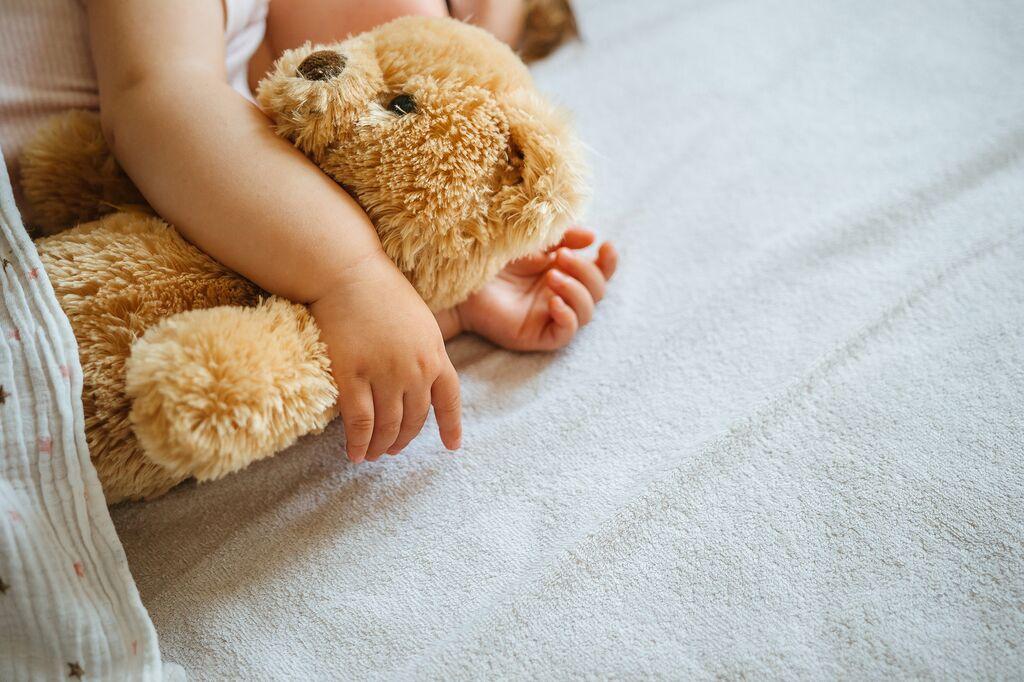
How to Avoid Bedtime Battles
Today's post is courtesy of Whitney Roban, PhD, a paediatric sleep specialist and wellness educator.
In my Paediatric Sleep Consultancy, the most common sleep issues centre around bedtime. The actual process of falling asleep should take around fifteen to twenty minutes and be a calming way to end the day. Often it is a time filled with arguments, tears, and battles between parents and children. It should be a winding down time to the end of each day.
Parents who have a pre-bedtime routine will find the actual process of getting a child to sleep easier. Bedtime can be a happy time in every home if parents maintain commitment and consistency towards a routine at bedtime.
10 Tips to Help Kids Get More Sleep and Avoid Bedtime Battles
- Set an age-appropriate time for bed. Be consistent with this time
These recommended hours per age group are good guidelines -
Children 1-2 years old need 11 – 14 hours of sleep.
Children 3 – 5 years old need 10 – 13 hours of sleep.
Children aged 6 – 12 years old need 9 – 12 hours of sleep at night.
Teenagers 13 – 18 years old need 8 – 10 hours of sleep.
You as the parent decide on the time to go to bed and for the desired amount of sleep to take place.
- Wind down before bedtime
After dinner is a good time to start winding down any stimulating behaviours such as rough and tumble play, if bath time is relaxing for your child, make that part of the early evening routine.
It is also a good idea to dim the lights inside the bedroom. Soothing music and talking in quiet calming tones help with the mood.
This is an essential part of the bedtime routine. Cease the use of electronic devices at least one hour before bedtime.
- Create a sleep environment in your child’s room
Make sure the room is quiet, dark, safe, and non-stimulating. If the room was a play area before bedtime, make sure all the toys have been packed away. A cuddly toy or two may be a comfort in bed.
- Prepare for bedtime
Be prepared with everything that you and your child will need for the bedtime routine before you begin. This will prevent you or your child from leaving the room once bedtime has officially begun.
- Put digital clocks in your living room and the child’s bedroom
Talk about the time and when the hand reaches a number it is your time to go to sleep. Having a concrete way for a child to see that it is time to go to sleep gives the child a sense of control over the bedtime experience. Little ones who can not read the time could have a clock with the numbers represented by an animal and when the hand of the clock points to that animal it is time for bed.
- Create a brief, consistent, and non-stimulating bedtime routine
Bedtime routines lower the anxiety levels of both children and adults, as everyone knows what is going to come next. A bedtime routine may consist of supper, bath, books, cuddle time, and bed.
- Remember this is a routine. Aim to start at almost the same time every evening and factor in the same routine events
The actual bedtime part comes at the end of the bath and supper part. This is the going to sleep end of the getting ready for bed. It is short and sweet with some dental hygiene and some comforting time as you tuck your child up in bed. A few minutes to give positive feedback about their day or a short story and a moment of thanksgiving or a goodnight prayer. Then let your child know they are safely tucked up in bed and it is time to say good night.
- Try to train your children to go down at night in an awake state
The routine ends in bed while they are awake. Relaxed, calm and ready to put themselves to sleep. Your child should be aware of you leaving the room and be able to soothe themselves to sleep peacefully. Children who can put themselves to sleep after the comforting routine will sleep better.
- For older children, make sure that bedtime conversation is focused on positive and happy thoughts
You can add the “the best part of my day was” topic to your nightly talks before sleep. Try to have a daytime ‘share your cares’ opportunity during the day or at bath time. Your child should know that you will be available to discuss fears and anxieties, but bedtime is reserved for a talk focused on things that make us smile.
- Create a sleep routine reward chart
Sometimes a rewards chart helps to capture all your expectations in one place with a reward at the end if they follow the routine. You can create a sticker chart and list the elements of the routine. The tidy up, bath, toothbrushing and hopping into bed at the end of the day could be listed on the chart. Following the chart leads to a reward at the end of the week based on keeping to the routine. You can decide on the reward.
Putting it into Practice -
Remember this is a routine and by following it regularly you will instil good bedtime behaviour in your child. When you say it is bedtime the ritual should be the pattern that follows. Have a goodnight rhyme or final word that signals the end of the routine.
‘Goodnight, sleep tight, don’t let the bugs bite!’ is often said in families to sign off for the night. Try a special kiss or a lullaby song as your last interaction.